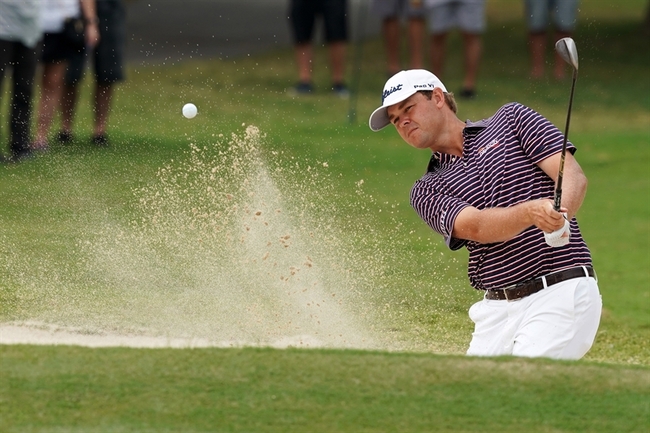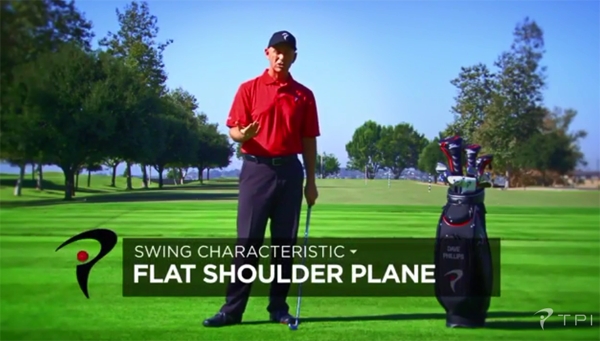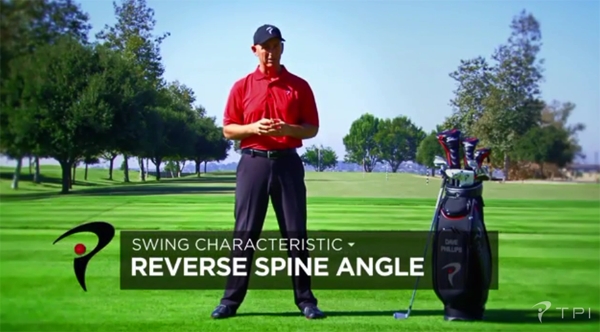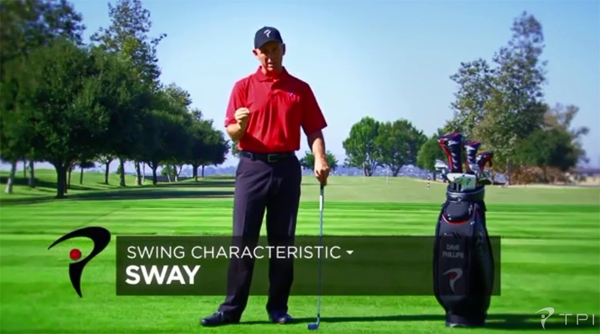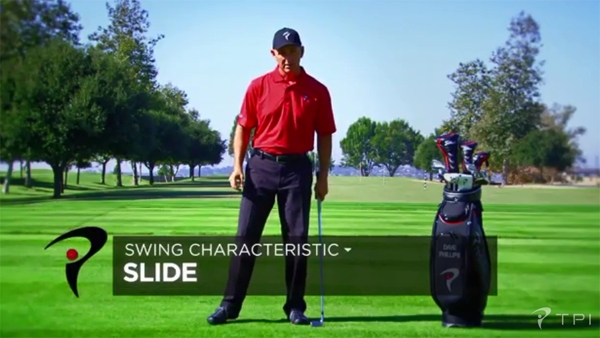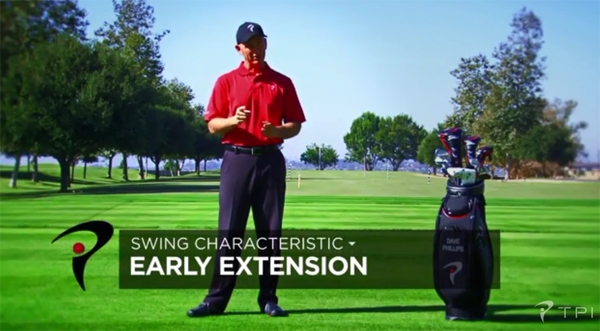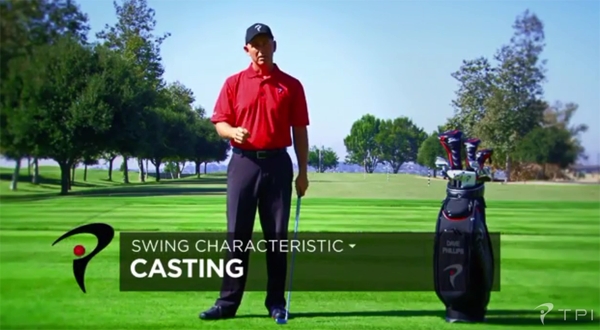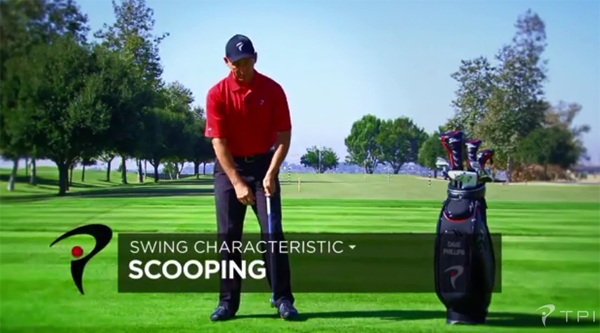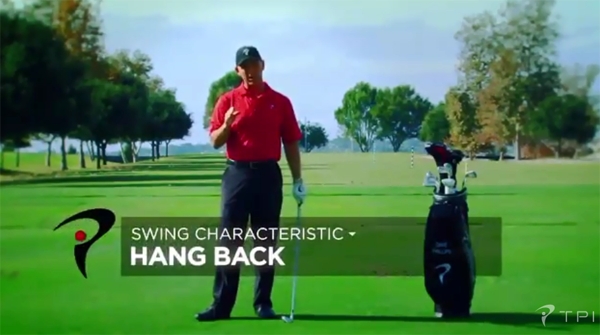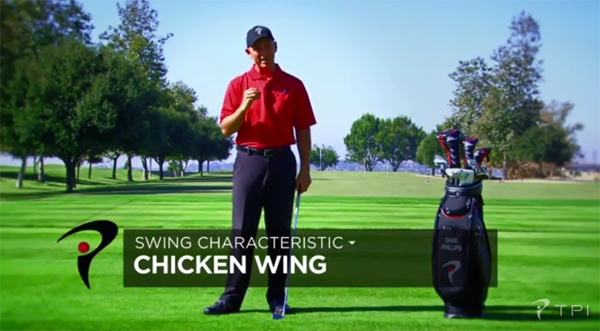You are viewing 1 of your 1 free articles
The modern golfer Part I: the biomechanics of injury prevention
In the first of a 2-part article, Pat Gilham explores the biomechanics of the golf swing and the implications for prevention.

The golf swing is a multi-segmented and complex skill, which involves accurate body perception and well-coordinated muscular actions(1). It involves a kinetic chain initiated from movement of the legs and hips followed by the trunk and shoulders, and finally the hands and wrists(2). The idea is to create explosive power through a wide range of motion, and transfer this power to a ball - via a club - to propel the ball a great distance with accuracy(3). Typically, a player will maximally recruit 30lbs of muscle to generate four horsepower during the golf swing. This equates to around 900kg of force being applied to the ball in half a millisecond at impact(3), an action that is repeated multiple times in a round of golf.
Unsurprisingly, golf can generate injuries; the typical injury rate in amateur golfers ranges between 15.8-40.9% annually, and 31-90% annually in professionals(4). As a result, there is now a greater emphasis on developing adequate strength, power, and flexibility training amongst all levels of golfing ability - not only to optimise swing mechanics and golf performance, but also to prevent injury. The prevalence and possible mechanisms of these injuries are still a matter of controversy, however. With this in mind, we will examine the most recent literature and try to outline the most effective strategies to help minimise injury risk.
The biomechanics of the golf swing
The golf swing is a highly coordinated, multi-segmental, rotational, closed chain activity, requiring strength, explosive power, flexibility and balance(5). As figure 1 shows, it can be divided into the following stages:
Figure 1: The stages of a golf swing

Photos courtesy of Riveiro, M et al. (2015)
(top line of images)
- Set up/Address
- Backswing
- Transition
- Downswing
(bottom line of images)
- Impact
- Follow through
The golf swing can be described as a powerful stretch-shorten cycle (SSC) activity in which the muscles of the lower, mid-section, and upper body are rapidly stretched in the backswing prior to shortening in the downswing(2). The more efficient the SSC, the more club-head velocity can be achieved and therefore, the greater the distance the ball can be hit.
Power is generated at the transition stage, where the transferring of weight is from the back foot in the backswing onto the front foot during the downswing. The lower body and pelvis initiate the downswing, while the upper body and club continue to rotate away from the ball(6). This exaggerates the SSC, creating maximal acceleration on the downswing from the transition stage.
The transfer of weight creates considerable ground reaction force (GRF) where the legs should be pushed into the ground in order to maximise club-head velocity(2). The purpose of the follow-through is to decelerate the body and club head after impact.
Figure 2: The anatomy of the golf swing

The anatomy involved in the golf swing is extensive (see figure 2), and relies on the relationship between agonist and antagonist muscles creating corresponding concentric and eccentric forces. The major contributing structures involved for a right-handed golfer are listed in table 1 below(2,6,7,8):
Typical golfing injuries and associated risk factors
In amateur golfers the spine (particularly the lower back) accounts for the greatest overall incidence of injury (18.3-36.4%)(4). The elbow (8-33%), the wrist and hand (10-32%), and the shoulder (4-18.6%) are the other most frequently injured sites in amateur golfers(4). In professional golfers, spinal symptoms are more prevalent (22-41%) as well as wrist and hand injuries (9-38%)(9). Injuries to the lead side (left side for right-handed golfers) are five times more frequent than the trail side (84.5%)(9,10).
The main risk factors associated with injury in golfers have been reported as age, gender, a lower handicap, playing/practicing time (overload or underload), suboptimal swing mechanics, and poor preparatory behaviours (lack of a warm-up, or poor general conditioning)(1,6,8,9,10-12). Hypothetically, all of these risk factors make sense; however, according to a recent systematic review, caution is required as the published research concerning risk factors is of relatively low quality(9).
Most injuries occur during the final downswing phase, when the club head hits the ball/ ground (17.8%), and in the follow-through (41.6%)(1). The suboptimal swing mechanics that are thought to influence injuries at specific sites are shown in table 2 (see highlighted video links for explanations).
| Backswing | · Lower Back Pain (LBP) — ‘Reverse spine angle’/flat shoulder plane/swaying· Shoulder — Flat shoulder plane· Elbows — Gripping too tight |
| Downswing | · LBP — Sliding/ early extension· Hip — Sliding/ early extension· Knee — Sliding· Wrists and elbow — ‘Casting’/‘scooping’ |
| Impact | · Wrists, elbow, hip and knee - Compressive forces hitting the ground |
| Follow-through | · LBP — ‘Reversed C’/‘hanging back’/‘winging’· Hip/ knee — ‘hanging back’/‘winging’· Wrist/ elbow — ‘winging’ |
Useful video links
Anatomically, the following associations with LBP have been reported in golfers:
- Delayed activation of lead external and internal oblique on downswing(8,10)
- Reduced erector spinae activation in backswing and impact(8,10)
- Reduced isometric trunk extension endurance(8,10)
- Reduced hamstring flexibility(11)
- Reduced torso rotational flexibility(11)
As a result, these areas should guide specific golf conditioning training as well as target each golfer’s individual needs.
The role of a warm-up
35.2% of golfers never warm-up prior to golf play and 62.5% of golfers never warm-up prior to golf practice(12). Whilst the influence of a warm-up on injury prevention is unclear, the evidence suggests a positive effect(13). A warm-up can have the following physiological effects on performance(5,13):
- Faster contraction and relaxation of agonist and antagonist muscles
- Improved rate of force development and reaction time
- Improved muscle strength and power
- Lowered viscous resistance in muscles
- Facilitation of oxygen release from haemoglobin and myoglobin
- Increased blood flow to active muscles
- Enhanced metabolic reactions
- Facilitation of nerve transmission and motor unit recruitment
The ‘RAMP’approach can guide an effective warm-up. It has shown performance enhancement in the short, medium and long-term(14). This is as follows:
- Raise - body temperature, heart rate, respiration rate, blood flow and joint fluid viscosity.
- Activate - key muscle groups
- Mobilise - key joints and range of motion specific to the sport
- Potentiate - high intensity dynamic exercises to mimic performance
Below is a quick and easy RAMP warm-up routine. All movements should be dynamic. Dynamic movements have greater performance benefits than static stretching(5,13,14):
- Plank into pigeon
This is an anti-flexion trunk exercise with external rotation of the hips whilst using upper and lower body stabilisation. Hold each leg for a second then change. Continue for 2 minutes.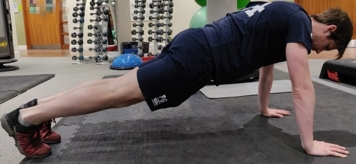
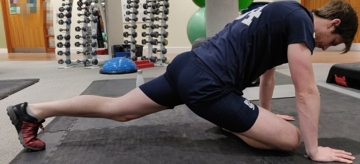
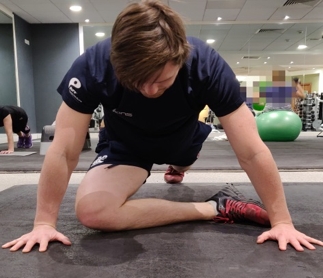
- Down-dog push up
This is another anti-flexion trunk exercise with upper body activation, providing additional mobility for scapular, thoracic/ lumbar spine and posterior chain as well as posterior neural mobilisation. Perform continuously for 2 minutes.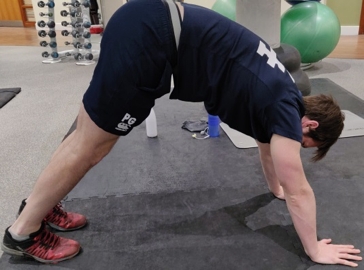
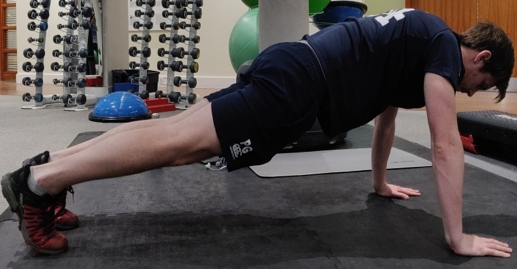

- Backward lunge with trunk anti-rotation (cable/elastic resistance)
This is a posterior chain and sling exercise with oblique activation. Perform continuously for 1 minute each side.
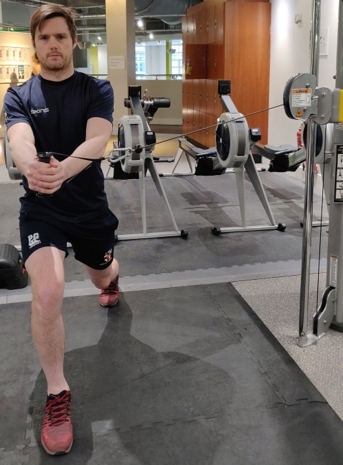
- Pallof press and banded crab walk (cable/elastic resistance)
This is another anti-rotation exercise with hip abduction activation. Perform continuously for 2 minutes each side.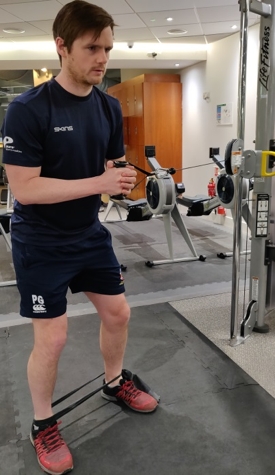
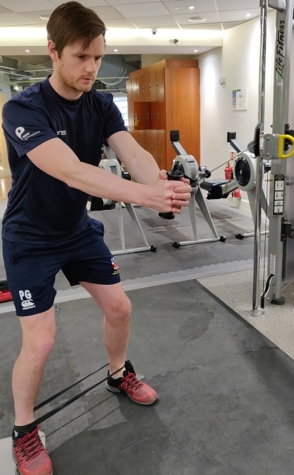
- Spider lunge with thoracic and hip rotation
This is great for thoracic rotation and hip internal rotation with lower limb stabilisation. Perform continuously for 2 minutes each side.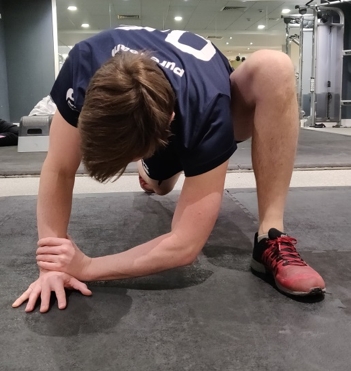

Potentiation
Potentiation should be golf specific. It may look like this on the driving range (5):
- 3-5 full-swing shots with sand/pitching wedge
- 3-5 full-swings with 8-iron
- 3-5 full-swings with 5-iron
- 3-5 full-swings with fairway wood
- 3-5 full-swings with driver
- Short-game for touch/feel
In part two of this series, we will look at the impact of strength and conditioning on performance enhancement.
References
- Cabri et al. (2009). Eur J Sports Sci. 9(6): 353-366
- Hume et al. (2005). Sports Med. 35(5): 429-449
- Wells et al. (2009). J Strength and Conditioning Research. 23(3): 741-750
- Murray et al. (2016). Br J Sports Med. 0: 1-11
- Tilley, N.R. & Macfarlane, A. (2012). Int J Sports Phys Ther. 7(4): 388-395
- Meira, E.P. & Brumitt, J. (2010). Sports Phys Ther. 2(4): 337-344
- Davies, C. & DiSaia, V. (2010). Human Kinetics. Illinois
- Gluck, G.S. et al. (2008). The Spine J. 8: 778-788
- Robinson, P. G. et al. (2018). Br J Sports Med. 0: 1-6
- Lindsay, D.M. & Vandervoort, A.A. (2014). Asian J Sports Med. 5(4): 1-8
- Lephart, S.M. et al. (2007). J Strength and Conditioning Research. 21(3): 860-869
- Fradkin, A.J. et al. (2008). Fifth World Scientific Congress of Golf. Mesa (NZ): Energy in Motion
- Jeffreys, I. (2007). J UKSCA. 6: 12-18
- Jeffreys, I. (2017). J UKSCA. 44: 17-24
Further reading
Newsletter Sign Up
Subscriber Testimonials
Dr. Alexandra Fandetti-Robin, Back & Body Chiropractic
Elspeth Cowell MSCh DpodM SRCh HCPC reg
William Hunter, Nuffield Health
Newsletter Sign Up
Coaches Testimonials
Dr. Alexandra Fandetti-Robin, Back & Body Chiropractic
Elspeth Cowell MSCh DpodM SRCh HCPC reg
William Hunter, Nuffield Health
Be at the leading edge of sports injury management
Our international team of qualified experts (see above) spend hours poring over scores of technical journals and medical papers that even the most interested professionals don't have time to read.
For 17 years, we've helped hard-working physiotherapists and sports professionals like you, overwhelmed by the vast amount of new research, bring science to their treatment. Sports Injury Bulletin is the ideal resource for practitioners too busy to cull through all the monthly journals to find meaningful and applicable studies.
*includes 3 coaching manuals
Get Inspired
All the latest techniques and approaches
Sports Injury Bulletin brings together a worldwide panel of experts – including physiotherapists, doctors, researchers and sports scientists. Together we deliver everything you need to help your clients avoid – or recover as quickly as possible from – injuries.
We strip away the scientific jargon and deliver you easy-to-follow training exercises, nutrition tips, psychological strategies and recovery programmes and exercises in plain English.
